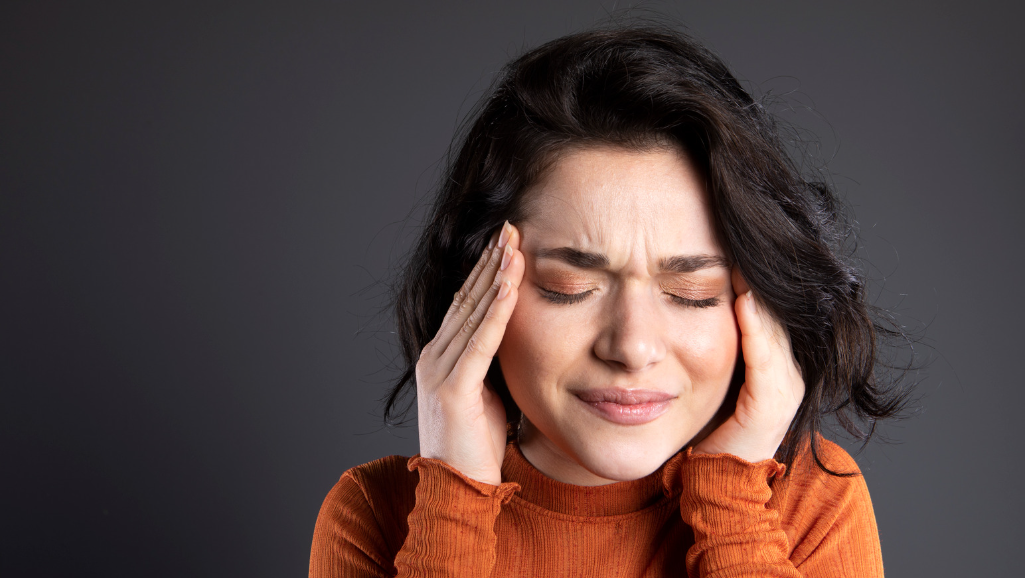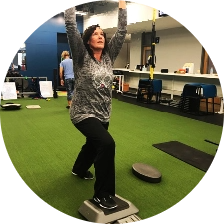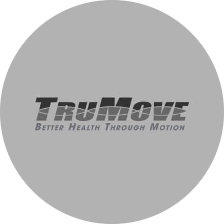Blog
May 30, 2023
Headaches: Causes, Types, and Effective Physical Therapy Solutions

Headaches, a prevalent condition affecting approximately 47% of the world’s population, can be attributed to various factors. Understanding the leading causes behind these discomforting episodes is essential. Here are the top five factors known to contribute to headaches:
Typical Causes of Headaches
1. Stress and Tension: Emotional or physical stress, along with muscle tension, frequently leads to headaches. High-pressure work environments, relationship difficulties, and anxiety can trigger or exacerbate headache symptoms.
2. Lack of Sleep: Inadequate or poor-quality sleep disrupts the body’s natural rhythm and can result in headaches. Irregular sleep patterns, insomnia, and sleep disorders often coincide with increased headache frequency.
3. Dehydration: Failing to maintain proper hydration levels can cause headaches. Dehydration not only affects bodily functions but also impacts blood flow and electrolyte balance, leading to headaches and migraines.
4. Dietary Triggers: Certain foods and beverages have been identified as common culprits for triggering headaches. Examples include caffeine, alcohol, processed foods containing additives like monosodium glutamate (MSG), aged cheeses, and chocolate.
5. Posture and Screen Time: Prolonged periods of poor posture, especially when working or using electronic devices, can strain the muscles in the neck and head, resulting in tension headaches. Excessive screen time without breaks can also contribute to eye strain and headaches.
Physical therapy has been scientifically proven to have several benefits in addressing headaches:
1. Reduction or elimination of headache intensity, frequency, and duration.
2. Decreased reliance on medication.
3. Improved functionality and mobility.
4. Enhanced neck movement.
5. Better quality of life.
Treatment Components
The treatment plan devised by a physical therapist for headaches may involve the following components:
1. Manual therapy: Skilled hands-on techniques that have been validated to relieve stiffness in joints and muscles, enhance head and neck mobility, alleviate muscle tension and spasms, and optimize muscle performance. Some physical therapists may also offer dry needling for specific headache types.
2. Exercise: Research has demonstrated that different types of exercises can effectively decrease pain, improve endurance, reduce inflammation, and facilitate overall healing. Along with prescribed exercises, personalized home-exercise programs play a vital role in the treatment plan.
3. Education: Patient education has proven to be beneficial in reducing the severity and/or frequency of headaches. A physical therapist can provide guidance on identifying individual triggers such as diet, sleep, movement/postural habits, stressors, and hydration. They can also teach various relaxation techniques to help alleviate symptoms.
It is important to note that while these factors are commonly associated with headaches, individual experiences may vary. Identifying personal triggers can help individuals manage and prevent recurring headaches effectively. In such cases, consulting a physical therapist can provide valuable guidance and treatment options tailored to specific needs.
If you would like to consult with an expert, you can schedule now, online, with TruMove.



 Overland Park
Overland Park









